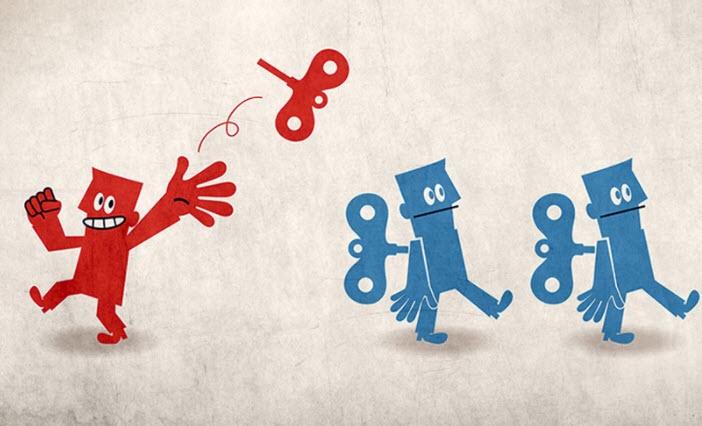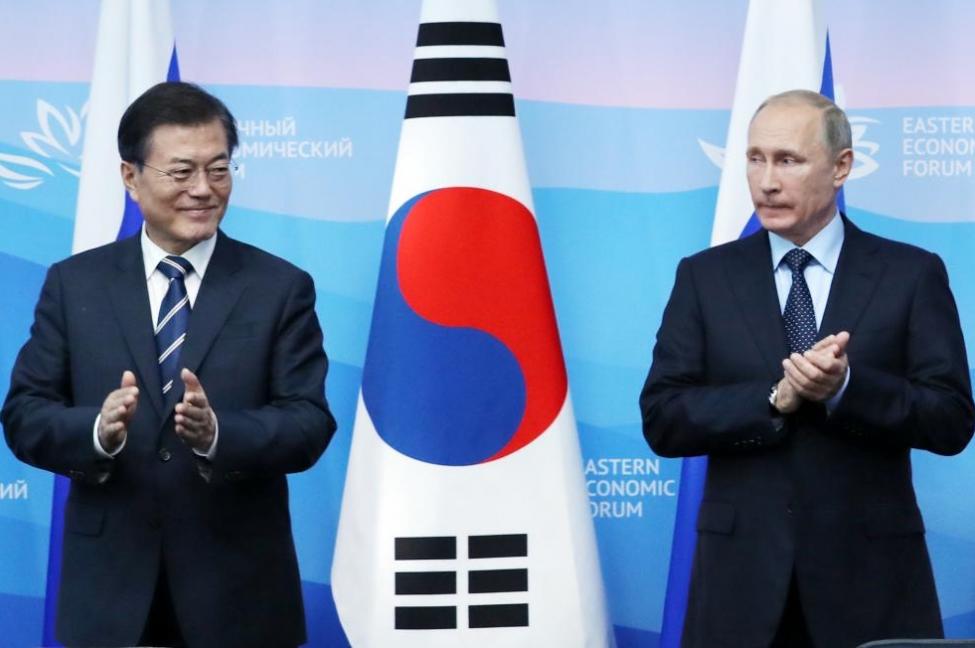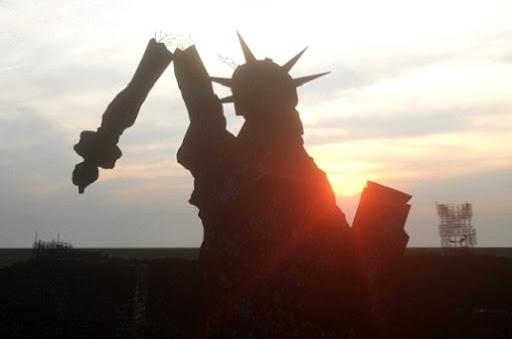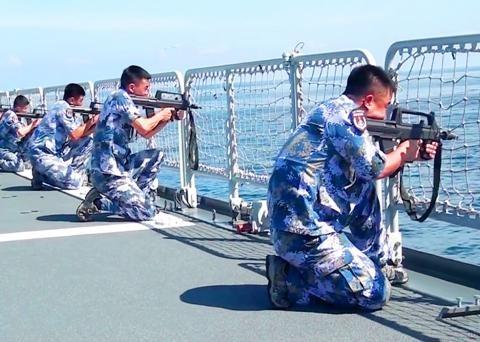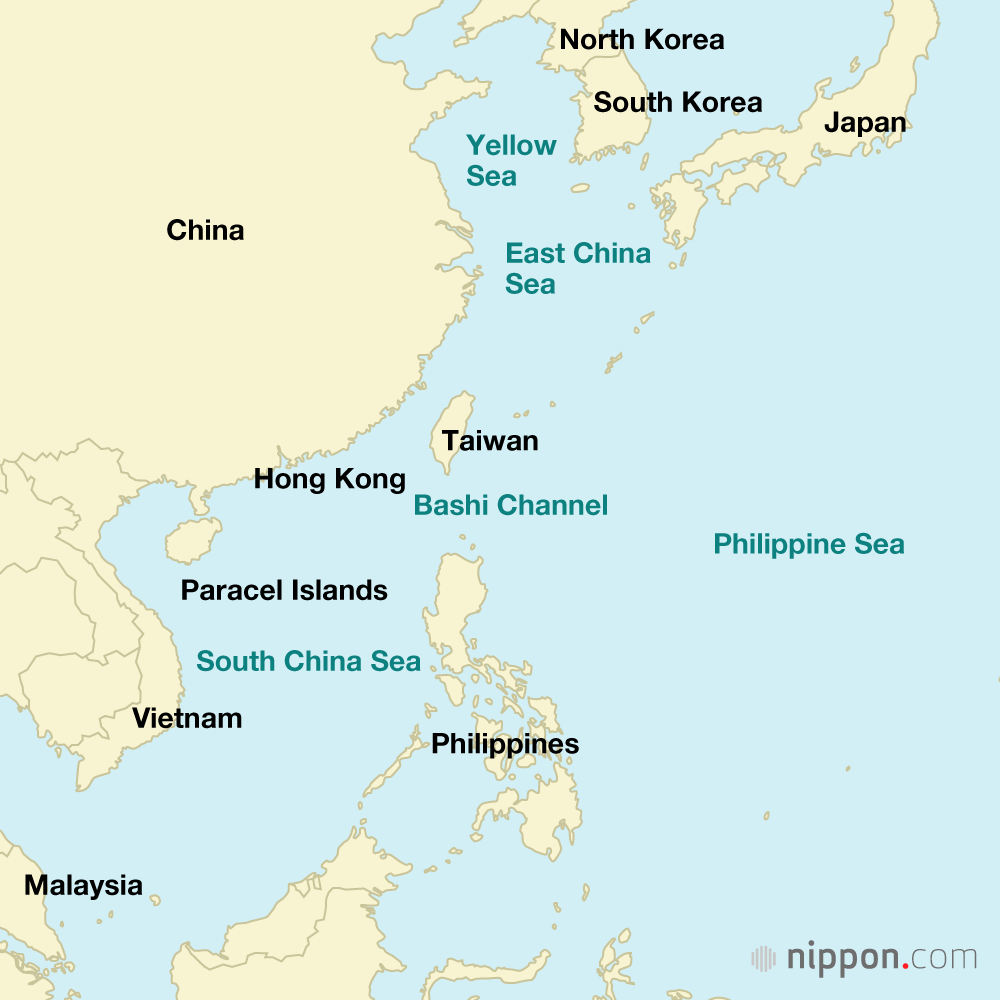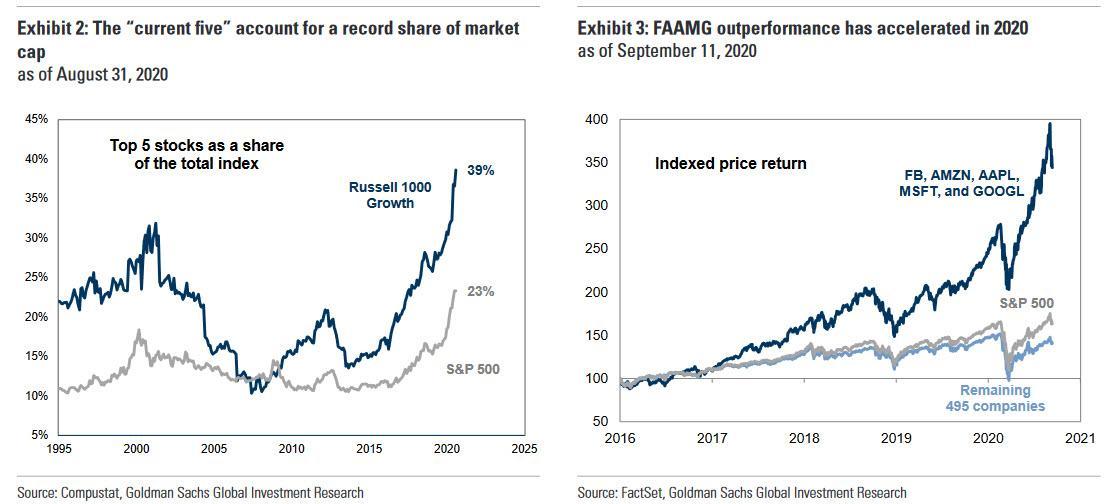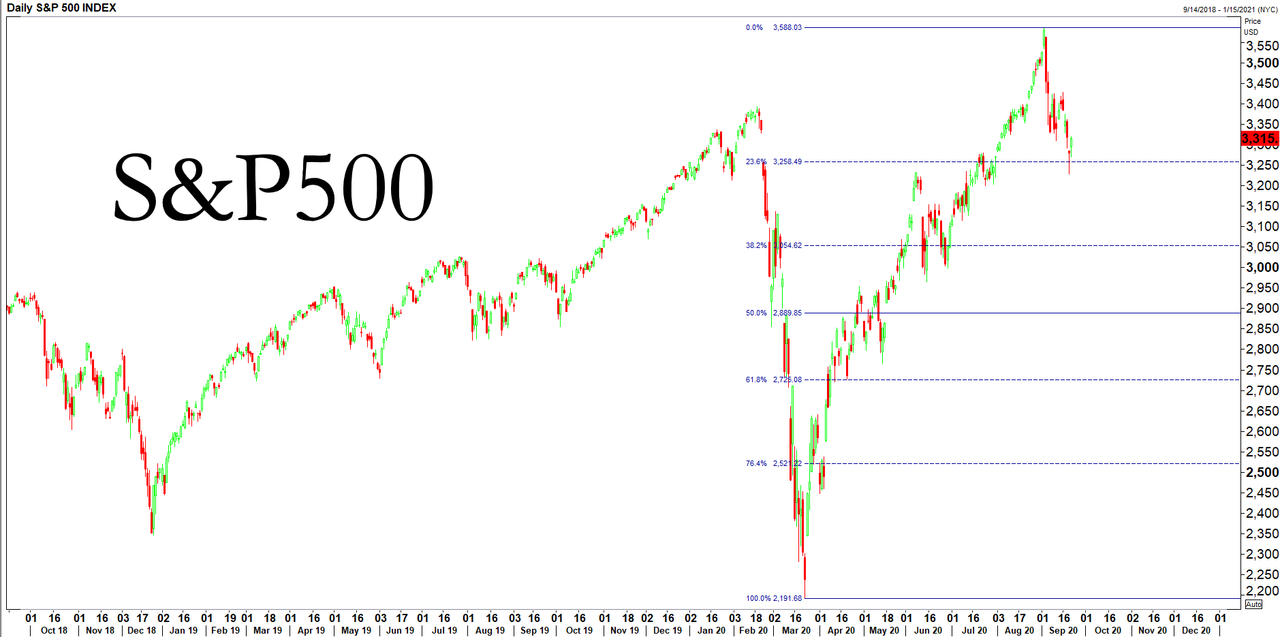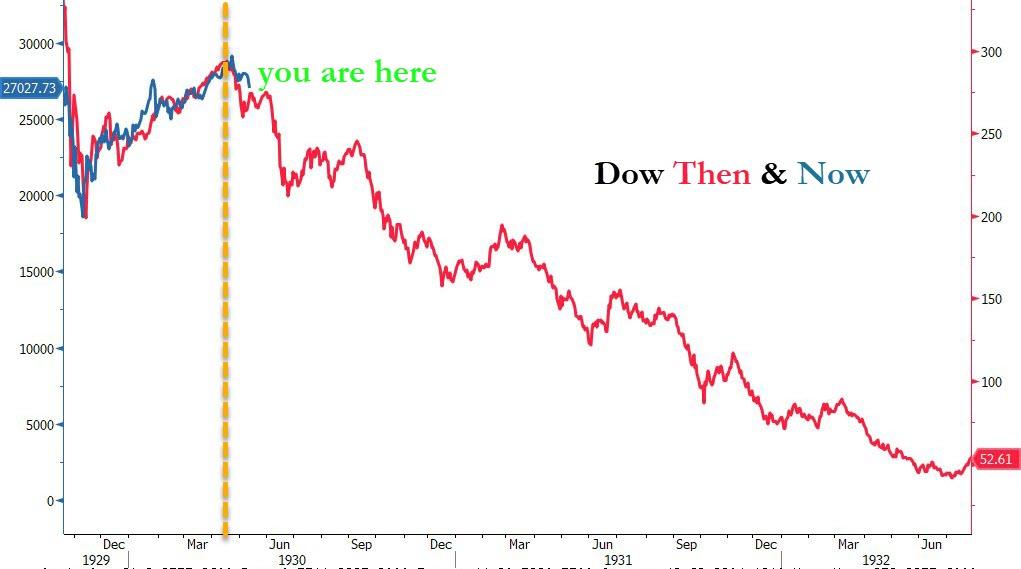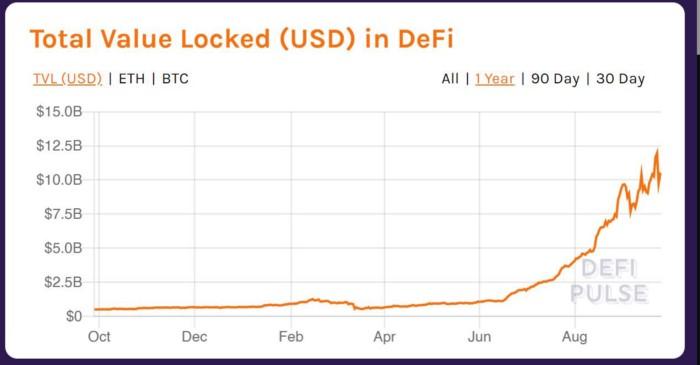“The World Has Gone Absolutely Insane!”
Tyler Durden
Tue, 09/29/2020 – 02:00
Authored by The Saker via The Vineyard of The Saker blog,
We all know that we are living in crazy, and dangerous, times, yet I can’t help being awed at what the imperial propaganda machine (aka the legacy ziomedia) is trying to make us all swallow. The list of truly batshit crazy stuff we are being told to believe is now very long, and today I just want to pick on a few of my “favorites” (so to speak).
First, of course, comes the “Novichok Reloaded” scandal around the alleged poisoning of the so-called “dissident” Alexei Navalnyi. I already mentioned this absolutely ridiculous story once, so I won’t repeat it all here. I just want to mention a few very basic facts:
-
Navalnyi is pretty much a discredited non-entity in Russia. “Putin” (because this is how the imperial propaganda machine always personalizes the evils of Russia: “Putin” did this or that, as if Putin was personally in every alleged Russian evil deed) had absolutely and exactly zero reasons to harm Navalnyi in any way. I would even add that IF Navalnyi was poisoned in Russia (which I do not believe) then the FSB screwed up by not offering him 24/7 protection, especially in the current political climate (i.e. struggle for the completion of North Stream 2).
-
The Empire always likes to produce a “sacrificial lamb” to symbolize the putative evil of the nation which dares to resist. In Iran it was Neda, in Kuwait the infamous “incubator babies”, in Syria anonymous kids killed by Russian gas, and in Russia it was Nemtsov (did not really work) and now Navalnyi (I wonder who the sacrificial lamb will be in Belarus (Tikhanovskaia?). The FSB should have seen this coming, especially after Nemtsov.
-
There is exactly zero evidence that the mineral water bottle which the Germans claim contained traces of, what else, “Novichok”, ever was anywhere near Navalnyi or even that it ever was in Russia. No such bottle was found by, or mentioned to the Russian investigators. This bottle was, allegedly, hidden from the FSB by Navalnyi supporters, and secretly brought to Germany. What that means in terms of “chain of custody” is self-evident.
-
As I have mentioned in my past article, if what the German authorities are claiming is true, then the Russians are truly the dumbest imbeciles on the planet. Not content to use this now famous “Novichok” gas against Skripal in the UK and after failing to kill Skripal, these stupid Russians decided to try the very same gas, only “improved”, and they failed again: Navalnyi is quite alive and well, thank you!
-
Then there is this: according to the imperial propaganda machine, Novichok was so horribly dangerous, that the Brits had to use full biosuits to investigate the alleged poisoning of Skripal. They also said that they would completely destroy the dangerous Skripal home (though they never did that). The self same propaganda machine says that the Novichok used on Navalnyi was a more powerful, improved version. Okay. Then try to answer this one: why did the Russians NOT put on biosuits, why did not a single passenger suffer from any side effects (inside a closed aircraft cabin!)? How is it that this super-dooper Novichok not only failed to kill Navalnyi (who, allegedly, ingested it!) but also failed to even moderately inconvenience anybody from the many people Navalnyi was surrounded by on that day?
I could continue to deconstruct all this nonsense, but that would take pages. I will mention two thing though:
First, the Russians have requested any and all evidence available to the Germans and to the Organization for the Organization for the Prohibition of Chemical Weapons – but they got absolutely nothing in return. Yet the EU is demanding an investigation (which is already under way in Russia anyway!) as if the Russians did not want the exact same!
Second, Navalnyi apparently has an immunity to otherwise deadly Russian biological
After being exposed to an improved Novichok and after weeks in coma in intensive care, here is Navalnyi trotting down stairs feeling great agents, just take a look at him on this post-Novichok photo:
[By the way, the first time around the Brits also never gave the Russians *any* information, nevermind any kind of evidence. Apparently, to hide some super-secret secrets. Yeah, right!]
Next, I absolutely have to mention the absolutely insane situation around Belarus.
To make a long story short, the EU wants to sanction Russia for intervening in Belarus while that self-same EU is intervening in every possible imaginable manner: from the Poles who treat Tikhanovskaia as a modern False Dmitri the Fifth (see here for a summary of Polish-run False Dmitris), to the promise of a special “Marshall Plan for Belarus”, to the coordination of all the protests from Poland. The EU refuses to recognize Lukashenko as the winner (in spite of the fact that there is exactly zero evidence suggesting that Lukashenko lost) and refers to Tikhanovskaia as the “Leader of Belarus” (whatever that means).
As for our US American friends, having learned exactly *nothing* from the abject failure of their Guaido coup in Venezuela, they now want to repeat exactly the same with Tikhanovskaia in Belarus. As a result, Tikhanovskaia has been re-christened “Juanita Guaido”
But the worst are still the Europeans. Not only are they prostituting themselves to the leaders of the Empire, the following countries were the first to declare that they will not recognize Lukashenko as the leader of Belarus: Poland, Latvia, Lithuania, Estonia (which is no surprise, they all compete for the title of most pro-US colony on the planet), but also putatively mentally sane countries such as Germany, Czechia, Slovakia, Denmark. The case of Germany is particularly amazing, because Germany will now be placed under immense pressure to cancel North Stream 2, something which the entire German industry opposes. Eventually, the US, Canada, the Ukraine, the UK and the entire EU joined in and also refused to recognize Lukashenko as the leader of Belarus.
What is especially amazing to me is that these EU imbeciles apparently don’t care that without North Stream 2 they will have to purchase US gas, at much higher prices, which will make the EU economy less effective than the US one. And I thought that prostitutes are always acutely aware of the money they can make: not the European ones, apparently.
Still, I think that the “top honor” in this category goes to Poland which, while condemning some undefined Russian intervention in Belarus, runs the NEXTA Telegram channel which runs videos like this one: (in Russian – no, not in Belarusian, they *know* that 99.9999% Belarussians speak Russian):
Oh, but it gets better.
NATO seems to be trying to frighten Russia with maneuvers in Poland and B-52 flights over the Ukraine and the Black Sea (see here for a full analysis). As for the Poles and Ukronazis, they apparently believe that the Russian bear covered himself in poop and ran away at full speed.
What I am going to say next is not a secret, every military person who looked into this issue knows and understands this: NATO, and I mean the combined power of all NATO member states, simply does not have the hardware needed to wage a war against Russia in Europe. What NATO does have is only sufficient to trigger a serious incident which might result in a shooting war. But once this war starts, the chances of victory for NATO are exactly zero. Why?
Well, for one thing, while coalitions of countries might give a thin veneer of political legitimacy to a military action (in reality, only a UNSC resolution would), in purely military terms you are much better off having a single national military. Not only that, but coalitions are nothing but the expression of an often held delusion: the delusion that the little guy can hide behind the back of the big guy. Poland’s entire history can be summarized in this simple principle: strike the weak and bootlick (or even worse!) the powerful. In contrast, real military powers don’t count on some other guy doing the heavy lifting for them. They simply fight until they win.
Yes, the Europeans, being the cowards that they are, do believe that there is safety in numbers. But each time these midgets gang up on Russia and start barking (or, to use Putin’s expression, start oinking) all together, the Russians clearly see that the Europeans are afraid. Otherwise, they would not constantly seek somebody to protect them (even against a non-existing threat).
As a direct result of this delusion, NATO simply does not have the equivalent of the First Guard Tank Army in spite of the fact that NATO has a bigger population and much bigger budgets than Russia. Such a tank Army is what it would take to fight a real war in Europe, Russia has such an Army. NATO does not.
The other thing NATO does not have is a real integrated multi-layered air defense system. Russia does.
Lastly, NATO has no hypersonic weapons. Russia does.
(According to President Trump, the USA *does* have super-dooper “hydrosonic” weapons, but nobody really knows what that is supposed to mean).
I would even argue that the comparatively smaller Belarusian military could make hamburger meat of the roughly three times larger Polish armed forces in a very short time (unlike the Poles, the Belarusian are excellent soldiers and they know that they are surrounded by hostile countries on three sides).
As for the “armed forces” of the Baltic statelets, they are just a sad joke.
One more example: the Empire is now sending ships into the Black Sea as some kind of “show of force”. Yet, every military analyst out there knows that the Black Sea is a “Russian lake” and that no matter how many ships the US or NATO sends into the Black Sea, their life expectancy in case of a conflict would be measured in minutes.
There is a popular expression in Russia which, I submit, beautifully sums up the current US/NATO doctrine: пугать ежа голой задницей, which can be translated as “trying to scare a hedgehog with your naked bottom”.
The truth is that NATO military forces currently are all in very bad shape – all of them, including the US – and that their only advantage over Russia is in numbers. But as soon as you factor in training, command and control, the ability to operate with severely degraded C3I capabilities, the average age of military hardware or morale – the Russian armed forces are far ahead of the West.
Does anybody sincerely believe that a few B-52s and a few thousand soldiers from different countries playing war in Poland will really scare the Russian generals?
But if not – why the threats?
My explanation is simple: the rulers of the Empire simply hope that the people in the West will never find out how bad their current military posture really is, and they also know that Russia will never attack first – so they simply pretend like they are still big, mighty and relevant. This is made even easier by the fact that the Russians always downplay their real capabilities (in sharp contrast to the West which always brags about “the best XYZ in the world”). That, and the fact that nobody in the Western ruling classes wants to admit that the game is over and that the Empire has collapsed.
Well, they apparently can hide these truisms from most of their public opinion: Trump promises super-dooper missiles and big red buttons, and his supporters immediately wave (Chinese made) US flags! But I assure you that the Russians (political leaders and even the general public) know what the real score is.
Yet the Empire still refuses to deal with Russia in any other way except insults, bullying, threats, accusations, sanctions, and constant sabre-rattling. This has never, and I mean never, worked in the past, and it won’t work in the future. But, apparently, NATO generals simply cannot comprehend that insanity can be defined as “doing the same thing over and over again, while hoping to achieve different results”.
Finally, I will conclude with a short mention of US politicians.
First, Trump. He now declares that the Russians stole the secret of hypersonic weapons from Obama. This reminds me of how the Brits declared that Russia stole their vaccine against the sars-cov-2 virus. But, if the Russians stole all that, why is it that ONLY Russia has deployed hypersonic weapons (not the USA) and ONLY Russia has both two vaccines and 2 actual treatments (and not the UK)? For a good laugh, check out Andrei Martyanov’s great column “Russia Steal Everything”.
And then there is Nancy Pelosi who, apparently, is considering, yes, you guessed it – yet another impeachment attempt against Trump? The charge this time? Exercising this Presidential prerogative to nominate a successor to Ruth Ginsburg. Okay, Pelosi might be senile, but she also is in deep denial if she thinks impeaching Trump is still a viable project. Frankly? I think that she lost it.
In fact, I think that all the Dems have gone absolutely insane: they are now considering packing both the Supreme Court and the Senate. The fact that doing so will destroy the US political system does not seem to bother them in the least.
Conclusion: quos Deus vult perdere prius dementat!
We live in a world where facts or logic have simply become irrelevant and nobody cares about such clearly outdated categories. We have elevated “doubleplusgoodthinking” into an art form. We have also done away with the concepts of “proof” or “evidence” which we have replaced with variations on the “highly likely” theme. We have also, for all practical purpose, jettisoned the entire corpus of international law and replaced it with “rules-based international order“. In fact, I can only agree with Chris Hedges who, in his superb book the “Empire of illusions” and of the “triumph of spectacle”. He is absolutely correct: not only is this a triumph of appearance over substance, and of ideology over reality, it is even the triumph of self-destruction over self-preservation.
There is not a big “master plan”, no complex international conspiracy, no 5D chess. All we have is yet another empire committing suicide and, like so many before this one, this suicide is executed by this empire’s ruling classes.
via ZeroHedge News https://ift.tt/349SREm Tyler Durden
